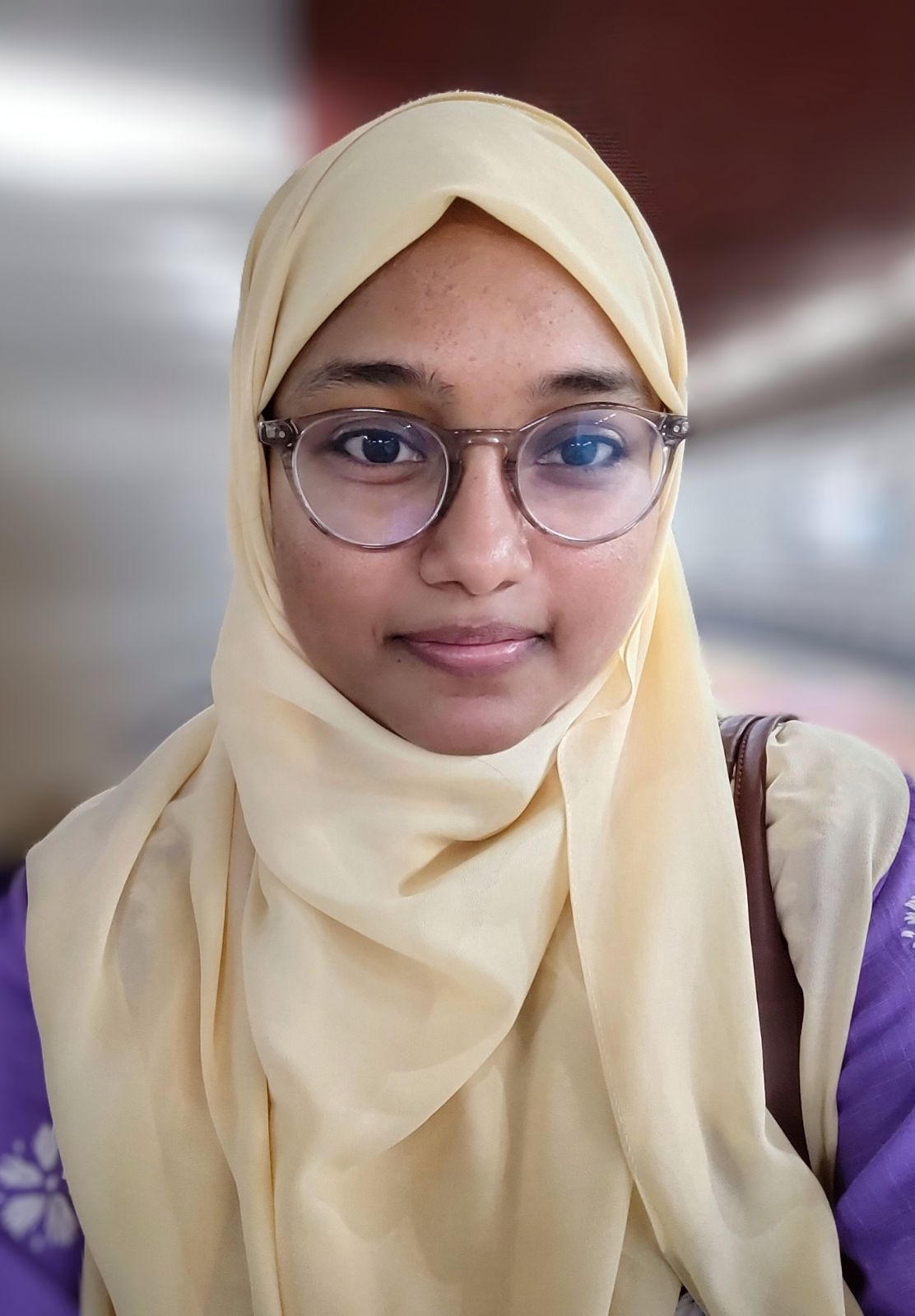Importance of Pharmaceutical Calculations in OPRA Exam
Pharmaceutical calculation comes under the therapy and patient care section for the OPRA exam syllabus. This section makes up 45% of the entire syllabus.
Needless to say, understanding the concepts of dose calculations is crucial in acing the OPRA exam. You can prepare for this topic better by doing practice questions and taking AI based mock exams where the questions adjust based on the level of your competence i.e., the Rasch methodology of assessment.
Also Check : OPRA Exam Sample Questions and Answers
Dimensional Analysis and Approximation
Pharmacists frequently need to perform or assess various calculations. These calculations often involve direct or inverse proportions. Dimensional (or unit) analysis and approximation are useful techniques for solving these problems.
Dimensional Analysis
In dimensional analysis, units are included with each number used in the calculation. Units common to both the numerator and denominator can be cancelled out, leaving the appropriate units for the final answer.
Approximation
In approximation, each number is rounded to a single significant digit. Factors common to the numerator and denominator can be cancelled, and the approximate answer should be reasonably close to the exact final answer.
Ratio and Proportion
Let’s look at the two most important aspects of pharmaceutical calculations- Ratio and Proportion.
Ratio
A ratio expresses the relative magnitude of two like quantities and is written as a fraction. The following principles apply to ratios:
1. Multiplication and Division: When both terms of a ratio are multiplied or divided by the same number, the value of the ratio remains unchanged.
1/3 х 2/2 = 2/6 = 1/3
2. Equivalent Ratios: Two ratios with the same value are equivalent. Equivalent ratios have equal cross-products and equal reciprocals.
1/3 = 2/6
and
1х6 = 3х2 =6
Proportion
Proportion represents the equality of two ratios.
Take any proportion, for example, 1:2 = 4:8. If we simplify 4:8 further, we will get 1:2. Hence, the equation 1:2 = 4:8 is a proportion.
In this example, 2 and 4 are called the means. 1 and 8 are the extremes.
In any proportion, the product of the extremes and the product of the means are equal.
1. Proper Ratios
Proper ratios are used in proportion calculation. Here, the same units are used on both sides.
For example, in dosage calculation, mg and mL are used for the ratios on both sides of the proportion.
This ensures consistent and accurate calculations.
Example: 100 mL of cough syrup contains 20 mg of drug. What is the quantity of the drug in a child’s dose, 5 mL, of syrup?
The unknown quantity is X. Solving for X, we get the equation:
100 mL/5mL = 20mg / X mg
X = 20 x 5 / 100
X = 1 mg
2. Mixed Ratios
Some pharmacists use mixed ratios in their proportion calculations, where dissimilar units are used in the numerator and denominator of each ratio. These calculations generally yield correct answers, provided the conditions where mixed ratios are inappropriate are understood.
With the same example of proper ratios:
480mL/10mL = 240mg/x mL
x= 240x10/480 = 5mL
In this example, the same answer is obtained whether we use proper ratios, with similar units in the numerator and denominator, or mixed ratios. This is not the case when dealing with inverse proportions.
Sample Questions for the OPRA exam:
|
Inverse Proportion
Dilution is a common scenario in pharmacy that requires inverse proportions. Dilution involves an inverse relationship. Here, an increase in the volume decreases the concentration.
Example: If 120 mL of a 10% stock solution is diluted to 240 mL, what is the final concentration?
Using inverse proportion,
120mL/240mL = x%/ 10%
120x10/240 = 5%
As expected, the final concentration is one-half of the original concentration because the volume is doubled. However, if the pharmacist attempts to use direct proportion and neglects to estimate an appropriate answer, the resulting calculation would provide an answer of 20%, which is twice the actual concentration.
Sample Questions for the OPRA exam:
|
Final Words
Ratios and proportions are instrumental in accurate dose calculations. Proper dosage ensures effective treatment. Dimensional analysis and approximation techniques provide reliable methods to solve complex problems efficiently.
A thorough understanding of direct proportions in dosage calculations or inverse proportions in dilution scenarios ensures precision and safety in pharmaceutical practice.
Pharmaceutical calculations are not only important for license exams like OPRA, but also in delivering real-life pharmaceutical care. Practicing and aspiring pharmacists must hone this skill to deliver optimal care to patients.
If you want more notes and guidance on pharmacy calculations, join our Pharmaceutical Calculations Course.
For further information on our courses and to get guidance from our experts, book a consultation.





